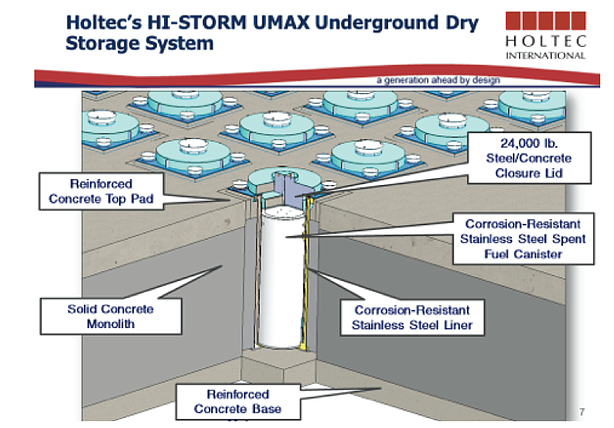The San Onofre Nuclear Generating Station was a nuclear power plant located near San Diego, California. It went operational in 1968, providing over two gigawatts of power to the grid. It was operated by Southern California Edison. In 2004, with San Onofre reaching the end of its licensed lifespan, the owners went to the California utility regulators and proposed an upgrade for the facility to allow it to operate for decades more. Despite some opposition, the utility regulators agreed. The NRC was also approached for permission to proceed with the upgrade with the understanding that no significant changes were to made to the steam turbines that needed to be replaced.
Mitsubishi Heavy Industries was contracted to build the replacement turbines. Despite what the NRC had been told, there were design changes in the turbines that caused MHI express concern over the integrity of the new design. The new turbines were built and installed. Within two years, a steam pipe ruptured due to vibrations and released radioactive materials. It was decided that it would not be cost effected to replace the steam turbines again and the plant was shut down in 2013. Law suits and debates on the disposition of spent fuel followed.
Due to the fact that there was no permanent geological repository for spent nuclear fuel in the U.S., it was decided to place the spent fuel in dry casks for storage at the San Onofre site. It was estimated that it would take about five years and over four billion dollars to bury millions of tons of spent fuel at San Onofre. The fuel is expected to remain there for at least thirty five years. Despite public backlash against storing all that radioactive materials close to the ocean, the project is proceeding.
Holtec will utilize their new Hi-Storm Umax dry-cask storage systems for this project. A reinforced concrete pad has been constructed at San Onofre. Seventy five giant concrete tubes will be placed on the pad, bolted in and then surrounded by concrete. When the cooling pools containing the twenty six hundred fuel assemblies are opened, huge storage canisters will be lowered into the pool. Thirty seven fuel assemblies will be loaded into each canister. The canisters will be inserted into transfer casks which will be lifted out of the pools and drained.
Trucks will carry the canisters to the Umax installation and lowered into the giant tubes which will be capped when full. A twelve ton lid of concrete and steel will be placed atop the tubes and earth will be piled around the whole construction.
One and a quarter billion dollars have been set aside for spent fuel management. The operators at San Onofre hope that the U.S. government makes good on its promise to create a permanent geological repository for spent nuclear fuel by 2050 so they can remove the spent fuel from San Onofre.
Critics are worried about the ability of the casks to safely contain what is referred to as "high burn-up" spent fuel. The use of nuclear fuel with a higher percentage of U-235 came into use a few decades ago. It allows the nuclear plant operators to get more power from the fuel before it needs to be replaced which is expensive and time consuming. Because this is a relatively new practice, its is not well known how well dry-cask will be able to cope with the greater heat and radioactivity of the spent fuel. The critics are worried that the moist salty environment close to the ocean could result in a greater tendency of the canisters to crack. They want Holtec to use casks with thicker sides as is mandated in some other countries storing spent nuclear fuel in casks.
